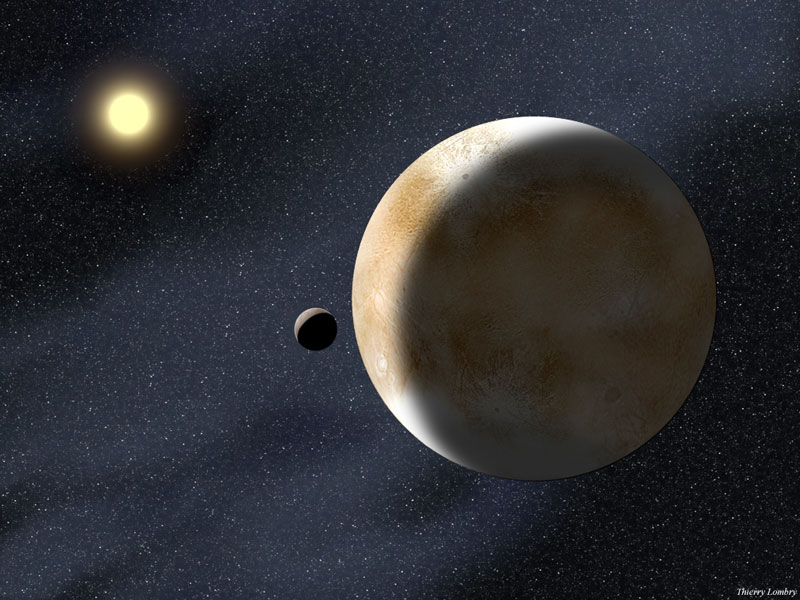[/caption]
Throughout history, the definition of what a planet is has changed and meant various things at the same time depending on who was defining it. Objects like the Sun, which we would now scoff at defining as a planet, was once considered just that, and so was the Moon. Ceres, discovered in 1801, was originally thought to be a planet until astronomer discovered Pallas that has a similar orbit. Astronomers, even using the technology of their time, were able to tell that these objects were not planets. The famous astronomer Sir William Herschel suggested the name “asteroids” which stuck. Asteroids were then accepted as a distinct category.
Several years ago, you may have said that a planet is one of the nine large celestial bodies that orbits the Sun. However, new technology, which made the discovery of many new celestial bodies in various regions, such as the Kuiper Belt, possible also made determining what a planet is more difficult. While a number of people suggested various definitions over the years, none of them were widely accepted.
The issue came to a head in 2005 when an object larger than Pluto is was discovered beyond the Kuiper Belt. This object, which is now called Eris, was a source of division among many. Some astronomers wanted Eris to be the tenth planet while others considered it to be just another asteroid, despite the fact that it is larger than Pluto is. The International Astronomical Union (IAU), which usually resolves disputes like this, met in 2005 at a conference, but despite debating the issue, they did not come up with an agreed upon definition. The matter was resumed in summer of 2006 at the next IAU conference.
In August 2006, the IAU finally agreed upon a definition for a planet. The IAU’s official definition was, “A planet is a celestial body that (a) is in orbit around the Sun, (b) has sufficient mass for its self-gravity to overcome rigid body forces so that it assumes a hydrostatic equilibrium (nearly round) shape, and (c) has cleared the neighborhood around its orbit.” An object that has cleared the neighborhood of its orbit is of sufficient size for its gravity to force other objects of similar size out of its orbit. In addition to defining what a planet is, the IAU also created a new category of dwarf planets, which Pluto was reclassified as, and Eris and several other objects were also put in that category. The definition has had severe opposition, especially with many people angry at the demotion of Pluto.
Universe Today has articles on dwarf planets and planet.
For more information, try an overview of the planets and what is a planet.
Astronomy Cast has episodes on all the planets including Venus.

